Up until my mid to late twenties, I’d always had a pretty stellar record with my skin. I know, you hate me. I hate me a little too; I was one of those annoying teens who seemed to skip the awful hormonal acne phase, instead only experiencing the odd spot now and again.
Fast forward to around 27 however, and it all seemingly caught up with me – not so smug anymore, was I? Adult acne suddenly plagued my lower cheeks and chin area, with nasty under-the-skin spots running riot, much to my horror.
There’s nothing more stressful than working in the beauty industry and not having an answer to your own skin troubles. Try as I might, everything I gave a go let me down; an increase in exfoliating acids, going makeup-free for days on end, not touching my face.
That was when I decided to call on the pro’s to settle this once and for all. After seeing Dr Stephanie Williams at the Eudelo Clinic, it was clear what my problem was: my skin was overwhelmed.

The overuse of products is rife in my industry. I know I’m not the only one who has experienced adverse effects from trying too many new things (usually a huge perk of the job, for sure) – in fact, Eliza’s very own beauty content creator Hannnah also found herself tackling adult acne in her twenties after starting her journey as a beauty journalist.
However, amidst an increasingly confusing market, an overuse in products – which can cause a compromised skin barrier and issues such as inflammation and sensitivity – has also become a problem for the regular consumer. We’re bombarded with new brand after new brand, trending ingredient after trending ingredient, and it can be a total minefield for those looking to build an accessible, effective routine.
In fact, one of the most common questions I get asked by friends is what’s the best skincare for adult acne they should be using, and what an ‘average’ routine should look like.
Now, I must preface this by explaining every skin type is different (something Dr Kemi, our skincare columnist, touches upon in her first column), so needs different care in a lot of cases. But on the whole, I have found a simple, pared-back skincare routine I think most would benefit from. It can be tweaked in places, but overall is a snapshot into what great skin looks like behind the scenes (I’ve never been happier with mine at 30 years old!).
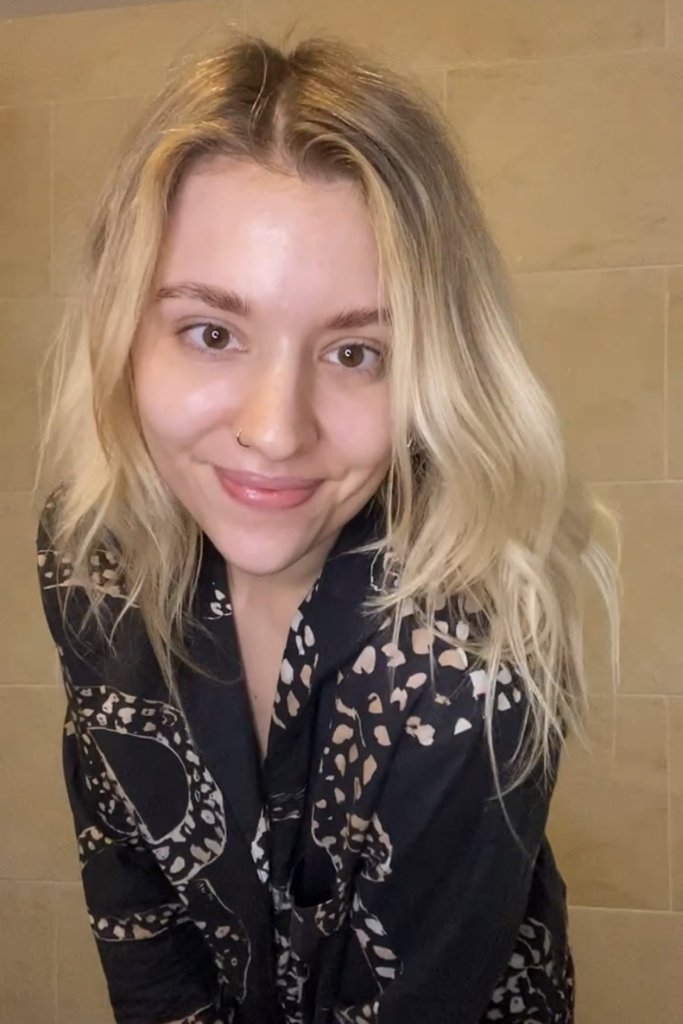
Of course, if you’re experiencing a skin condition of any kind, from acne to rosacea, it’s always best to get your recommendations direct from a derm before taking advice from anyone else.
For your best skin yet, here’s what you actually need in your beauty arsenal, come morning and night:
What you need in your morning skincare routine
Your morning routine can be super simple and quick, making it ideal for rushed mornings and those always running late (thank god). Begin by cleansing your face with a wash-off formula like a gel, cream, or milk to wash the night away and prep skin for further product. Next, apply an antioxidant serum to brighten, tackle dullness, address pigmentation, and protect skin from pollution. I love vitamin C, but other newer ingredients like azelaic acid are also solid choices. Finally, finish with an SPF moisturiser.
There is often much confusion about this last step, but I’m here to clear it up. If your skin is normal-dry, you will likely need to apply a moisturiser after your vitamin C and before your SPF. However, if like me you have dry-oily/combination skin, you’ll probably find that a good SPF is enough for skin. The most important thing is that you use one, you use enough (no, SPF in a separate moisturiser or foundation is not sufficient), and you use it last in your routine.
In terms of added extras, you can always whack on an eye cream to brighten and tackle dark circles. But personally, I’ve not found it to be an essential step, and I like to keep my morning regime short and affordable.
The steps
1. A morning cleanser

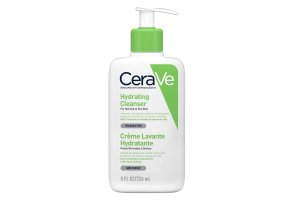
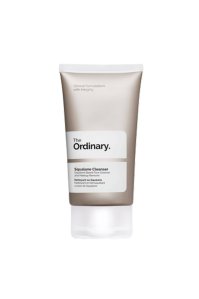
*Eliza may earn commission on sales from these product links
2. A vitamin C (or other antioxidant) serum
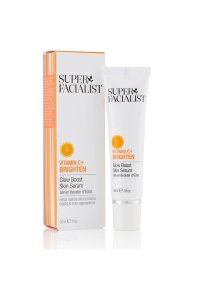
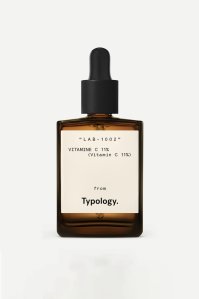
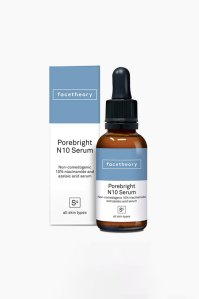
*Eliza may earn commission on sales from these product links
3. An SPF moisturiser
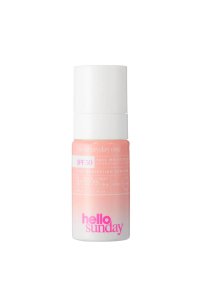
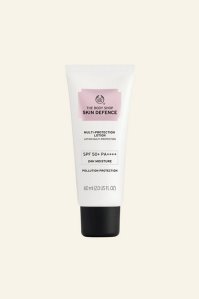
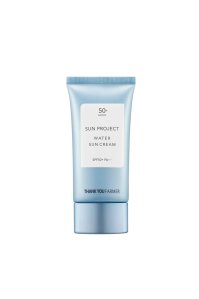
*Eliza may earn commission on sales from these product links
What you need in your evening skincare routine
While the morning is about brightening and protecting for the day ahead, your nighttime routine should be about recovery and hydration.
I am a firm believer in the power of double cleansing, but let me assure you that this does not mean you have to go and fork out for three separate cleansers for your entire morning and evening routine – your morning cleanser will do just find as a secondary cleanse.
Your first cleanser should effectively remove makeup, dirt, and pollution build-up from the day. I like a cleansing balm best, because I feel they are most appropriate for the job. Follow this with a wash-off cleanser, just like the one you used in the AM. This is to actually cleanse and clean the face after removing everything on it.
Next comes the treatment phase of your regime, which is perhaps the one most commonly over-complicated for no real reason. Unless treating a specific concern such as acne, a safe, solid choice that everybody will benefit from is hyaluronic acid. It’s a powerful hydrator that will return much of the water your skin has lost over the day.
However, from the age of around 25 and up, you should look to introduce an anti-ageing, spot-fighting retinol serum into your nightly routine also. I tend to use my retinol every other day, alternating and reaching for the hyaluronic on the days I do not.
Lastly, seal everything in with a velvety night cream. When it comes to this step, it’s really dealer’s choice depending on the weight, finish, and ingredients you personally need.
The Steps
- A primary cleanse
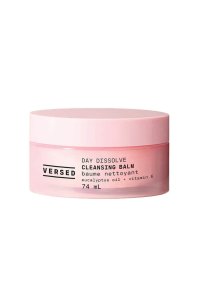
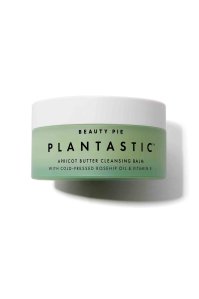

*Eliza may earn commission on sales from these product links
2. A secondary cleanse
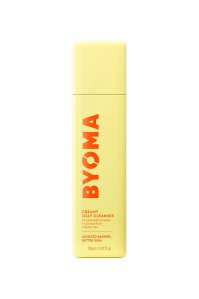
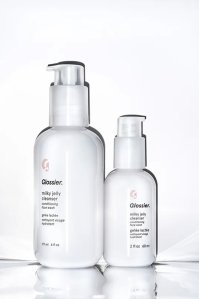
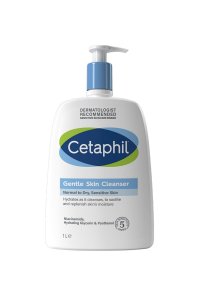
*Eliza may earn commission on sales from these product links
3. A hyaluronic serum OR retinol serum
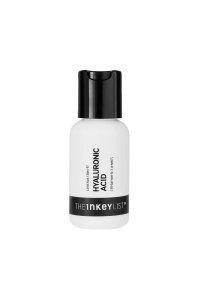
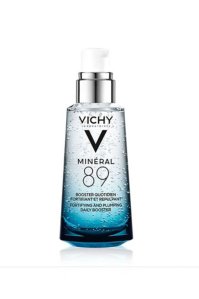
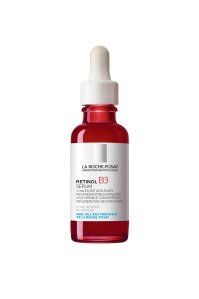
*Eliza may earn commission on sales from these product links
4. A nighttime moisturiser
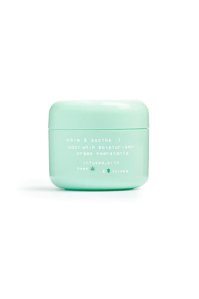

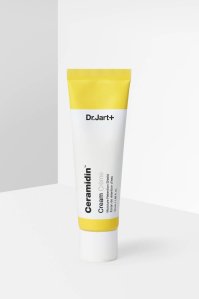
*Eliza may earn commission on sales from these product links
Et voilà! Better skin in just 4 easy steps.










